SUMMARY
This is AI generated summarization, which may have errors. For context, always refer to the full article.
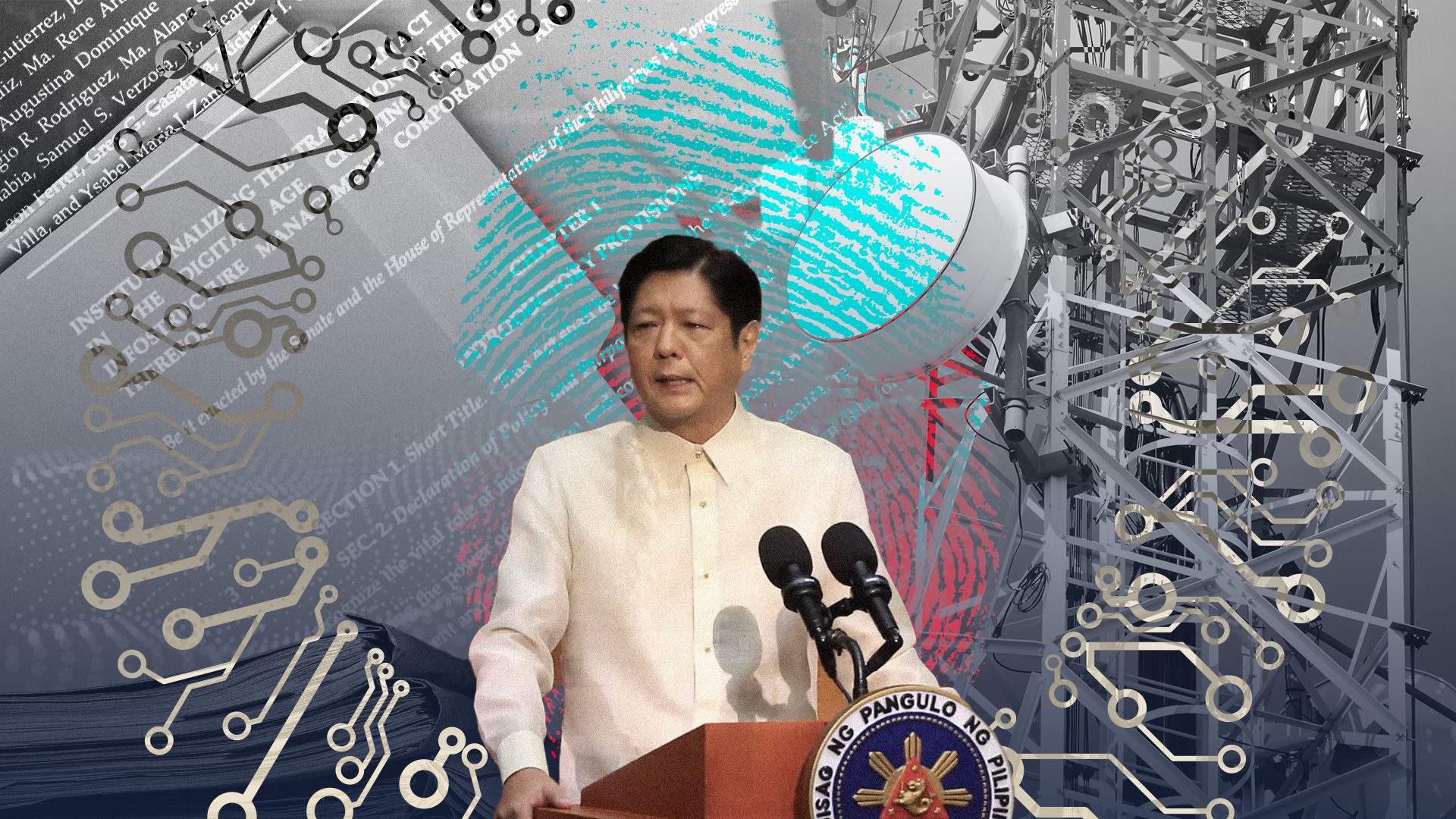
How has the Marcos administration handled its priorities and promises for technology-related issues?
Ahead of President Ferdinand Marcos Jr’s State of the Nation Address on Monday, July 24, we took a look at some of things Marcos has said he wants to implement based on his previous SONA.
From the deployment of electronically-augmented governance, to updates regarding the deployment of the national ID system, here’s what we’ve dug up so far.
Instituting e-governance
E-governance was one of the big ticket items listed in the Marcos agenda, with the E-Governance Act of 2022 mandating the government “to establish an integrated, interconnected, and interoperable information and resource-sharing and communications network spanning the entirety of the national and local government, an internal records management information system, an information database, and digital portals for the delivery of public services.”
The e-governance and e-government acts were also among the priority bills in his 2022 SONA.
This means making sure data is available for digitalization. In September 2022, the Department of Budget and Management allotted P12.47 billion for the digitalization of government bureaucracy. The DBM has also repeatedly called on officials to embrace the digitalization initiative.
The DBM and the Department of Information and Communications Technology (DICT) signed an interoperability pact to coordinate and integrate their efforts in June 2023.
The DICT launched the eGov Super App in June. Called eGOV PH on the Android and Apple app stores, the application serves as “the single operating system unifying all government services in a single application.”
On July 17, Marcos also launched the E-Local Government Unit (eLGU) and eReport system as part of the eGov Super App in a bid to further cement the government’s efforts towards digitizing public transactions.
The eLGU system allows the public to check and avail of government services from at least 1,634 LGUs across the country, such as checking violations or business permit licensing, among other things. The eReport, meanwhile, is a system allowing users to report crimes, fire outbreaks, and emergency situations using their phones.
One caveat to the push towards digitalization and the use of e-governance apps, however, is the fact that not everyone uses or owns a smartphone. It remains to be seen how that particular gap – Filipinos who lack smartphones or the technical know-how to operate one – will be bridged.
‘Broadband ng Masa’
One of the other related topics to this is the lack of internet availability in some parts of the Philippines. This is especially true for geographically isolated and disadvantaged areas that are generally underserved.
To that end, the National Broadband Plan – rebranded “Broadband ng Masa” under the Marcos administration – aims to expand internet access by setting up towers providing internet to parts of the country.
The DICT made at least two announcements in this regard, with a Broadband ng Masa tower announced in Marinduque in February and one in Antique in March.
According to a February Presidential Communications Office press release, the project – whose blueprint was first laid out in 2017 – to date, has “established a total of 4,385 operational live sites in 73 provinces and Metro Manila, across 601 cities and municipalities all around the country.”
Adding to the growth of internet infrastructure in the country is the development of the Bifrost Cable System. The Bifrost subsea cable system is slated to be completed in 2024 and will connect Singapore, Indonesia, the Philippines, Guam, and the west coast of North America.
While not directly related to a Marcos-era directive since it began in 2021, the President has talked to Converge ICT Solutions about this in a presidential press release.
Converage states that the system “is the world’s first subsea cable system that directly connects Singapore to the west coast of North America via Indonesia through the Java Sea and Celebes Sea” and is expected to provide considerable boosts to bandwidth and connectivity in Southeast Asia and the Philippines.
PhilSys updates
Meanwhile, part of the efforts to foster further digitalization is the development of physical and digital identification through the Philippine Identification System (PhilSys).
Marcos pushed for a target goal of 92 million IDs to be issued by mid-2023. As of July 11, 80,004,098 Filipinos are registered to the Philippine Identification System.
Meanwhile, 40,566,788 physical cards have been sent out and 33,841,624 physical cards have been delivered or received as of June 23. There have also been 37,581,784 issued ePhilIDs, or IDs issued in the .PDF format, and 1,217,593 downloaded ePhilIDs.
While there are still a few days before the 2023 SONA, the issuance of 92 million IDs is slightly off the mark, as the PhilSys site says it’s only hit 86.7% of its registration target. – Rappler.com
Add a comment
How does this make you feel?
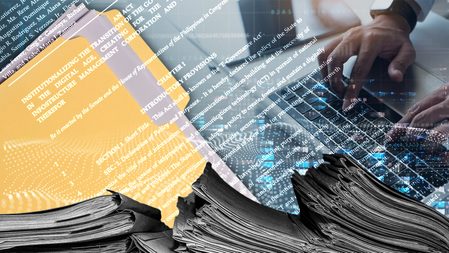
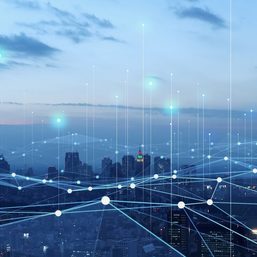
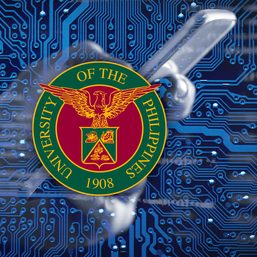
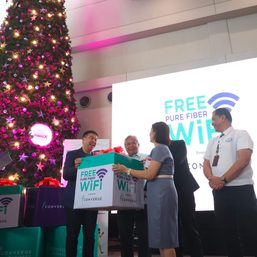
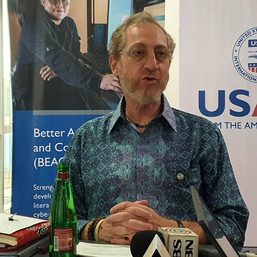
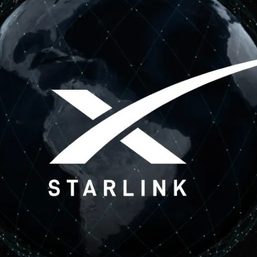

![[ANALYSIS] Danger signs in an oligarchy: Political violence and intrigue](https://www.rappler.com/tachyon/2023/08/oligarchy-duterte-marcos-july-30-2023.jpg?resize=257%2C257&crop_strategy=attention)



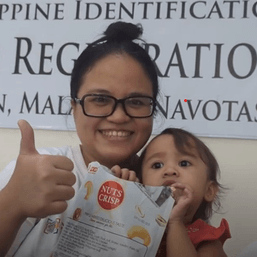
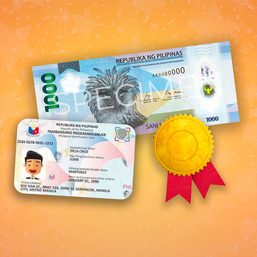
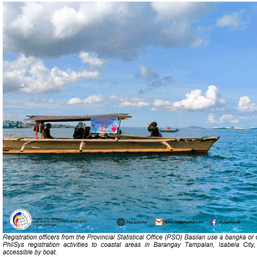
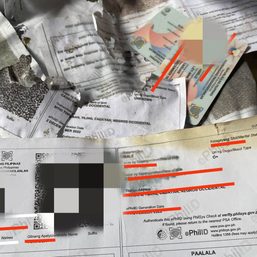
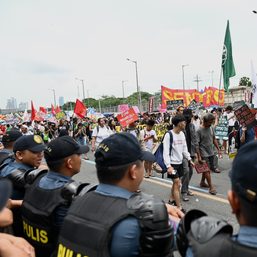

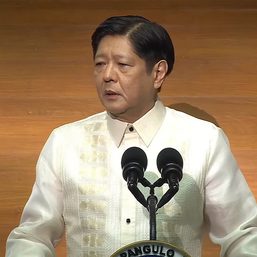
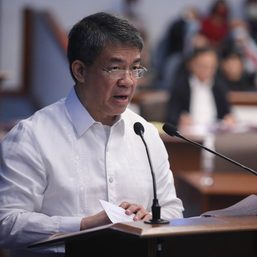
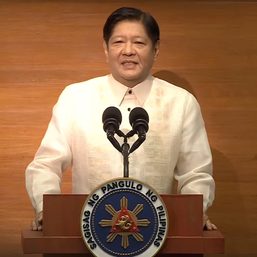
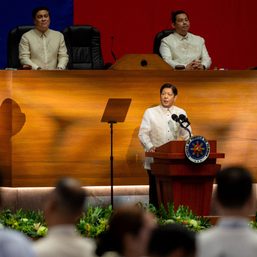
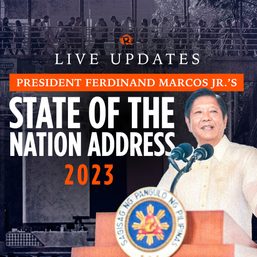
![[ANALYSIS] SONA 2023: Economic window-dressing galore](https://www.rappler.com/tachyon/2023/07/TL-marcos-sona-july-25-2023.jpg?resize=257%2C257&crop_strategy=attention)
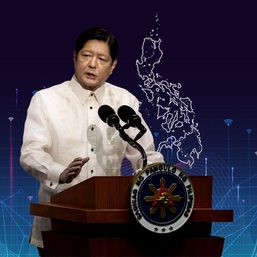
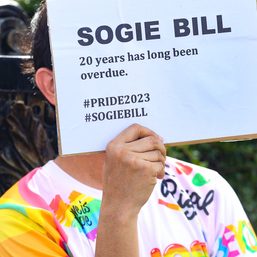
There are no comments yet. Add your comment to start the conversation.